Which of these wood floors can be salvaged?
weedyacres
11 years ago
Related Stories
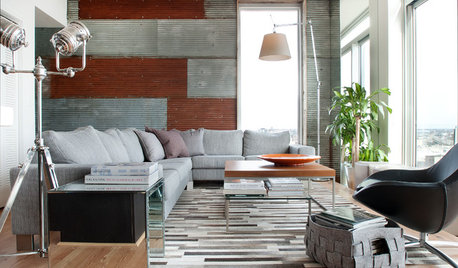
RUSTIC STYLESalvaged Wood Meets Urban Industrial in a Philly Condo
Reclaimed barn and chicken coop parts give a city live-work space rustic edginess with a conscience
Full Story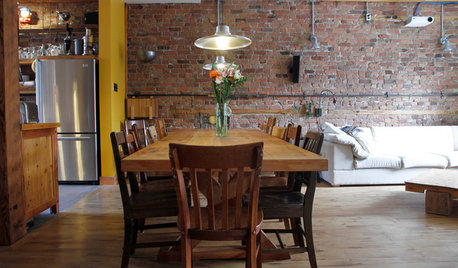
ECLECTIC HOMESMy Houzz: Ecofriendly and Salvaged Style in a Montreal Triplex
Repurposed materials, graywater reuse, and no-VOC paints make for a resourcefully earth-friendly home in Quebec
Full Story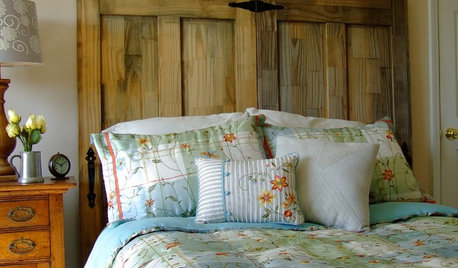
DIY PROJECTSMake Your Own Rustic-Chic Headboard From Salvaged Doors
Turn old doors into a charming headboard with these step-by-step instructions from an expert woodworker
Full Story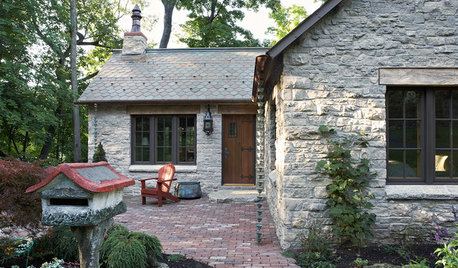
GREEN BUILDINGHouzz Call: What Have You Salvaged for Home Use?
If your floors, furniture, exterior materials or other home elements have a past life, we'd like to hear the story
Full Story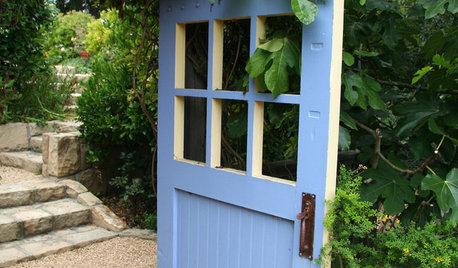
LANDSCAPE DESIGNArtful Salvage: Old Doors Decorate the Garden
In a fence or leading only to imagination, salvaged doors can create lots of intrigue for little cash
Full Story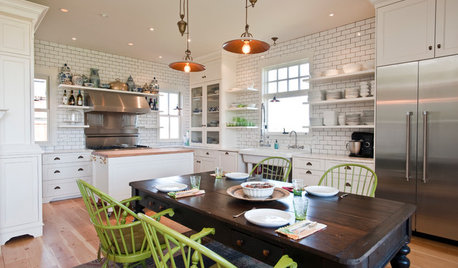
KITCHEN ISLANDSWhich Is for You — Kitchen Table or Island?
Learn about size, storage, lighting and other details to choose the right table for your kitchen and your lifestyle
Full Story
DECORATING GUIDESUp Close: DIY Salvaged-Wood Wall
See how designer Garrison Hullinger made this unique wood wall covering
Full Story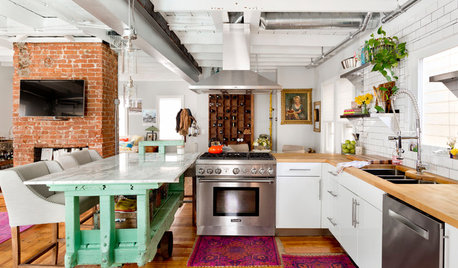
HOUZZ TOURSMy Houzz: Salvage Finds and DIY Love in Rhode Island
A Providence couple layers on meaningful mementos and hands-on style for a personalized interior palette
Full Story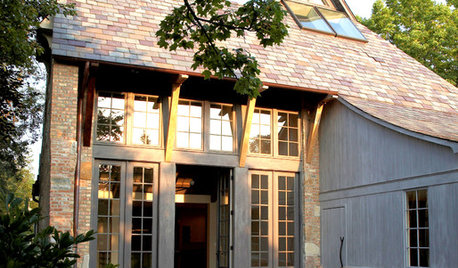
GREEN BUILDINGSalvaged Materials Triumph as All-Stars of Sustainability
When you save manufacturing energy and have a beautifully crafted home to boot, it's a win-win situation
Full Story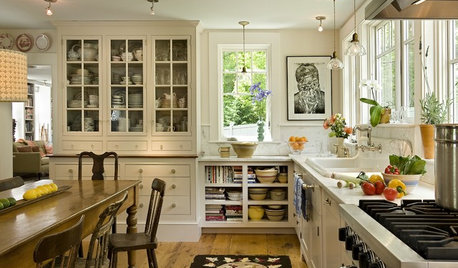
KITCHEN DESIGN12 Great Kitchen Styles — Which One’s for You?
Sometimes you can be surprised by the kitchen style that really calls to you. The proof is in the pictures
Full Story





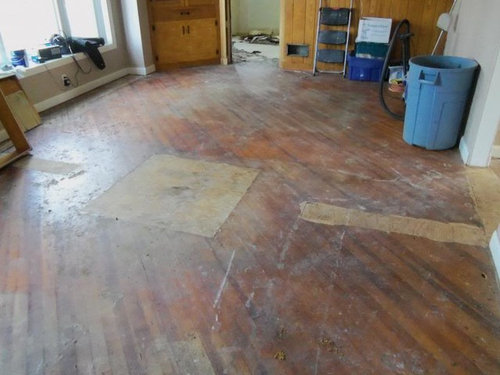

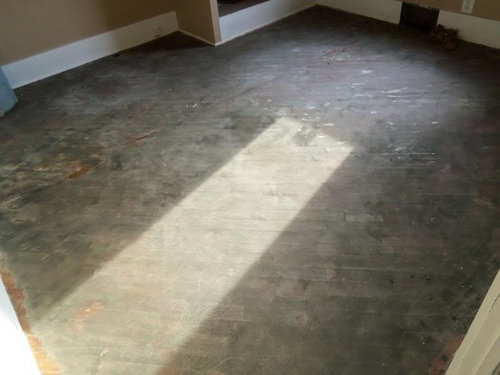
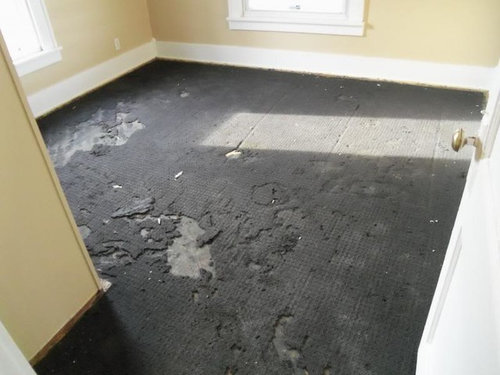
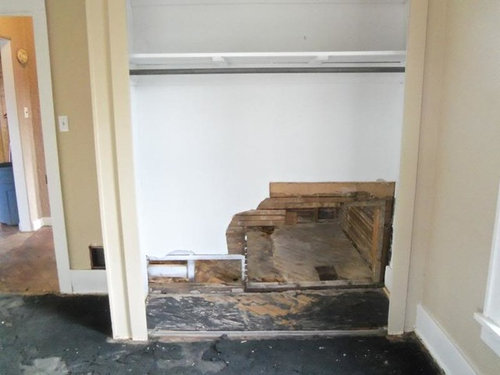

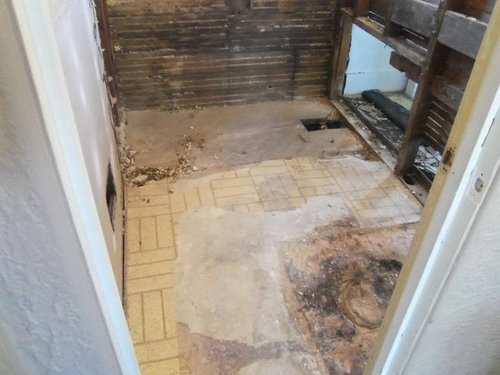
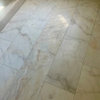
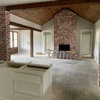
gregmills_gw
User
Related Professionals
East Grand Rapids Flooring Contractors · Kirkwood Flooring Contractors · Murfreesboro Flooring Contractors · Myrtle Beach Flooring Contractors · Oxford Flooring Contractors · Tanque Verde Flooring Contractors · Arlington General Contractors · Artesia General Contractors · Barrington General Contractors · Glenn Dale General Contractors · Hayward General Contractors · Jericho General Contractors · Marinette General Contractors · Spencer General Contractors · Villa Park General ContractorsweedyacresOriginal Author
gregmills_gw
jennybc
weedyacresOriginal Author